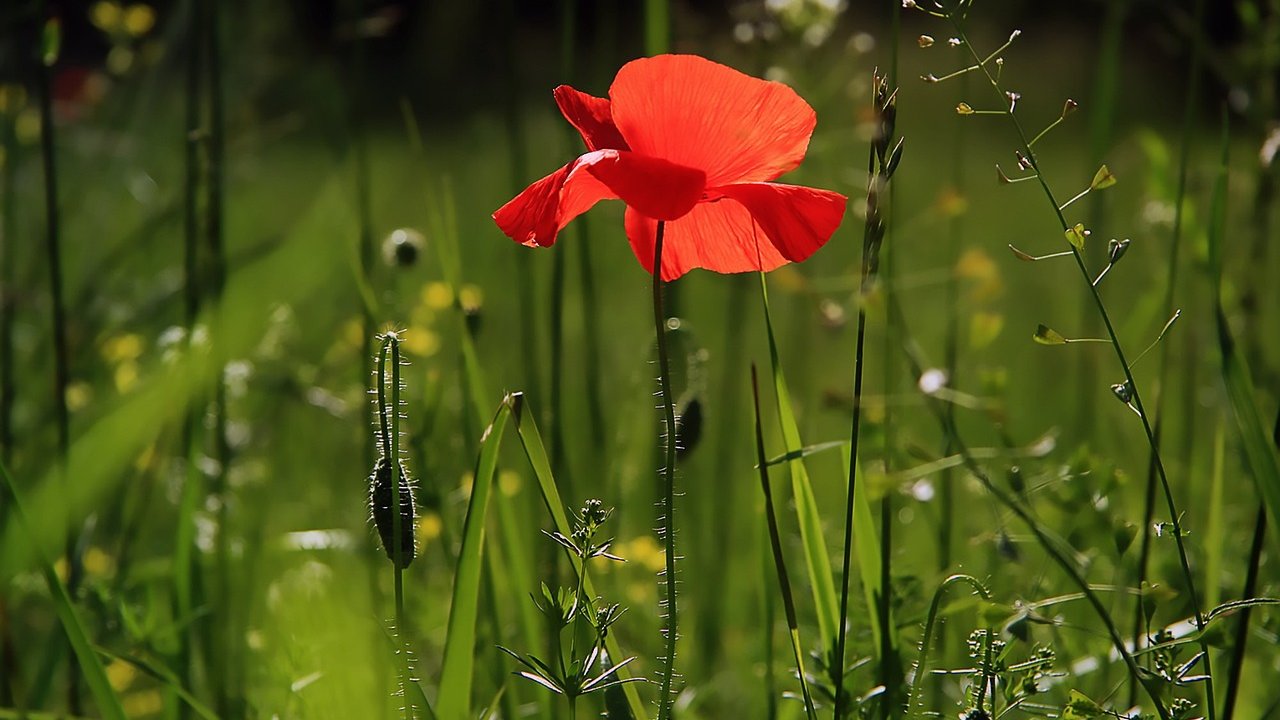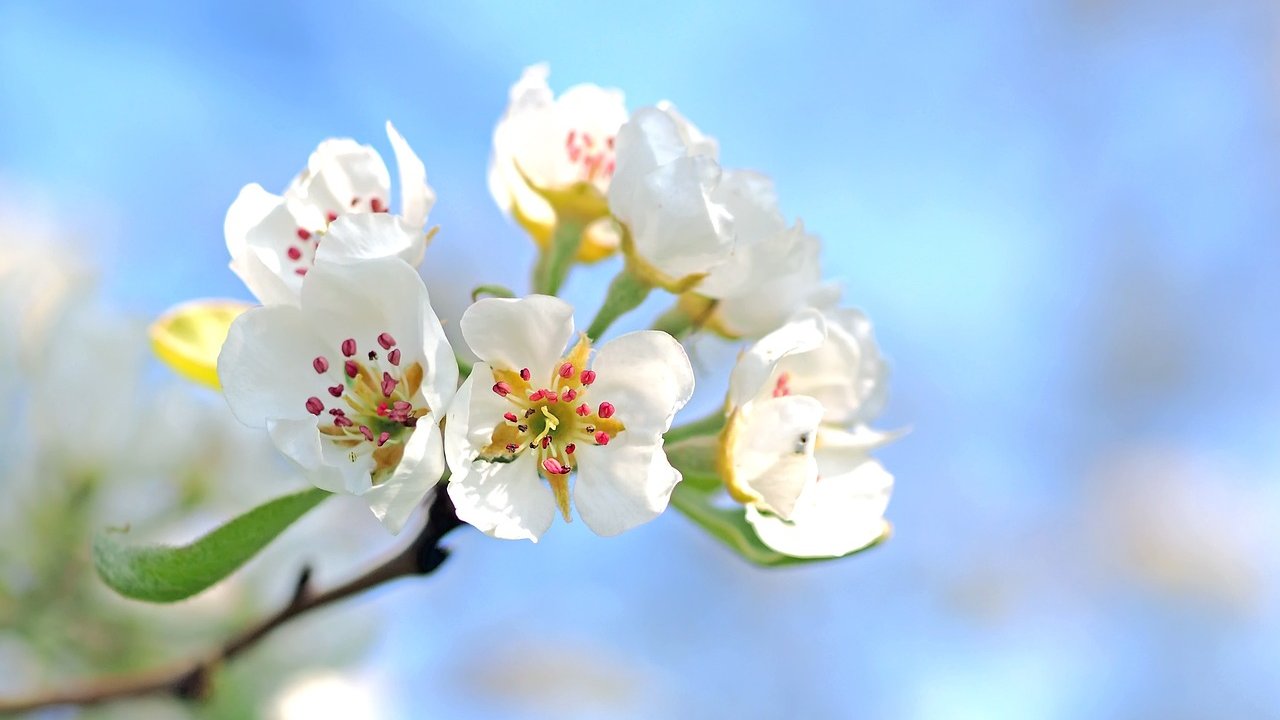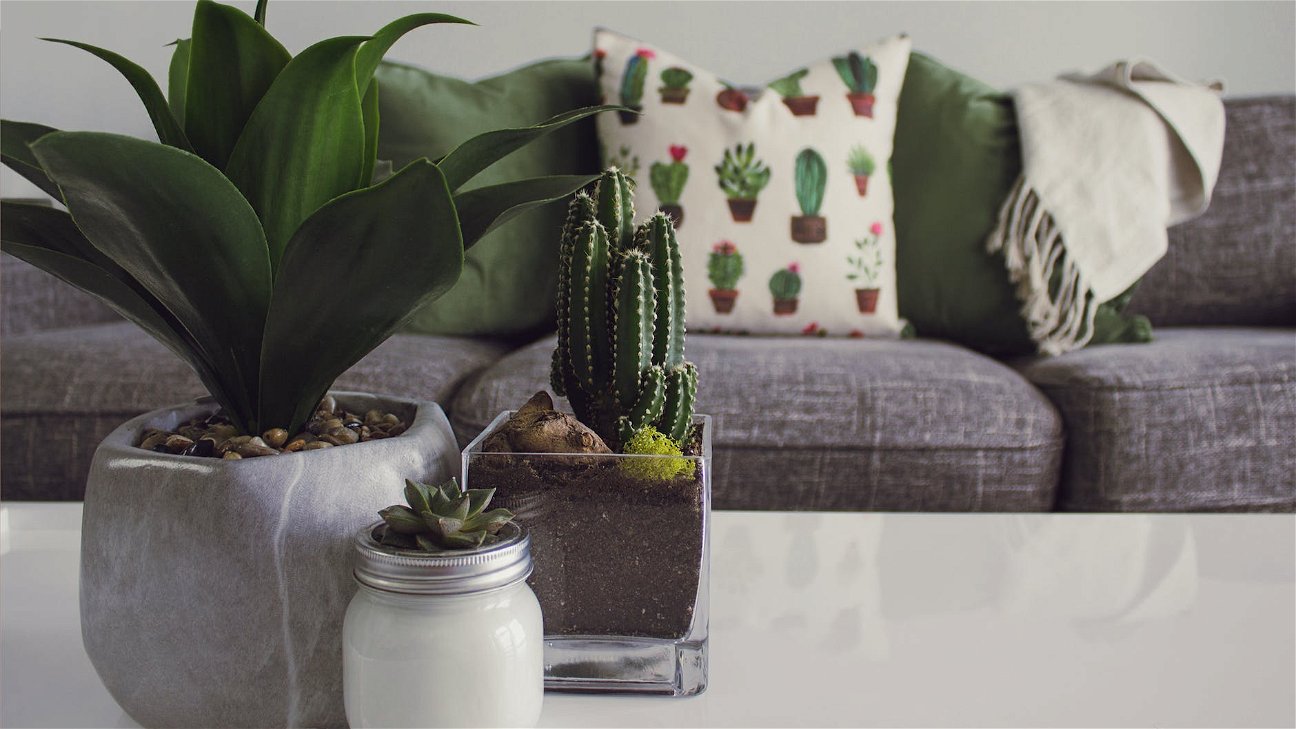
Ever walked into a garden at night and felt the enchanting ambiance cast by well-placed lights? Garden lighting not only enhances the visual appeal of your outdoor space but also sets the mood after dark. Whether it's for a quiet evening alone or an outdoor party with friends, the right garden lighting can make the experience memorable.
Types of Garden Lights
There are several types of lights you can consider for your garden. Here's a quick list:
- Solar Lights: These lights source their power from the sun and are an environmentally friendly option. They're pretty versatile and can be used in various parts of your garden.
- LED Lights: Known for their longevity and energy efficiency, LED lights are available in a wide range of color temperatures to set the desired mood.
- Halogen Lights: These lights provide a warm, bright light that's ideal for illuminating significant features in your garden.
- Incandescent Lights: Although less energy-efficient, they produce a soft light that's perfect for creating a cozy atmosphere.
Garden Lighting Design
When designing your garden lighting, there are several factors to consider:
- Purpose: Are you looking to create an ambient atmosphere or do you need lights for safety and security? Understanding the purpose will guide your choice of lights and their placement.
- Features: Highlight the best features of your garden - a beautiful tree, a statue or water feature. Use spotlights or uplighters for this.
- Paths and Entrances: Well lit paths and entrances not only enhance safety but also add charm to your garden after dark.
Landscape Lighting Techniques
There are a few techniques you can use to create the desired effect with your garden lighting:
- Uplighting: This involves placing lights at ground level and pointing them upwards. It's great for highlighting statues, trees, and architectural features.
- Downlighting: Also known as moonlighting, this technique involves placing lights high up and pointing them downwards to create a natural, moonlit effect.
- Cross Lighting: This technique illuminates a feature from two or more directions, revealing its three-dimensional form.
- Silhouetting: Here, the light is placed behind the feature, creating a dark outline against a light background.
Remember, it's all about setting the mood. Experiment with different types of lights, designs, and techniques.











